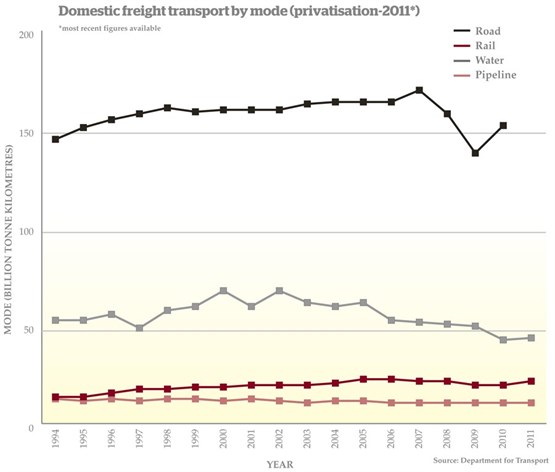To date, this has tended to work best through third-party logistics providers such as Stobart, which help to co-ordinate loads and maximise train fill.
On the right flows, they are finding that they can compete on price (even compared with double-deck road trailers), and meet reliability and journey time requirements. The key, however, is locating the warehouse as close as possible to the rail terminal, which is why the majority of the traffic today originates from the strategic rail freight interchange at Daventry, and why there is pressure to develop other similar sites elsewhere.
There are, of course, too many sectors to mention individually, with others including Channel Tunnel freight, steel, waste, Royal Mail and automotive. It all paints a picture of rail freight not as a homogeneous sector, but as a series of distinct markets. For rail operators, and for the rail sector as a whole, understanding this and the respective customer needs is critical to success.
The changing role of customers
Rail freight flows are complex and varied, involving multiple parties. Even identifying who the customer is can be complex. Is it the owner of the goods, or the freight forwarder, or the shipping line? The terminal operators play a major role, but may not own any of the goods. Is the port or the power station the customer of a coal flow? Simply, we might consider they all are!
The level of engagement also varies significantly, with many customers content to let their rail operator represent their interests. But as the market for haulage has become more competitive, there has been an increasing trend for some customers to seek a greater role in determining rail strategy.
This has been particularly linked to investment. The freight operators such as DB Schenker, Freightliner, GB Railfreight and others have invested over £2bn since privatisation in rolling stock and facilities, as well as in systems and technological improvement. Alongside that, customers have invested significant sums in their own facilities.
Recent examples include Port of Felixstowe’s investment of £40 million in the North Rail Terminal, and London Gateway’s extensive rail facilities. Drax Power has bought new rail wagons and upgraded its internal rail lines, as well as supporting investment at Port of Tyne and elsewhere. Prologis is investing heavily in rail-linked facilities at Daventry, with Phase 3 recently receiving planning consent. Potter Group is extending the headshunt at its Selby facility, to take 775-metre trains. And there are many other examples.












